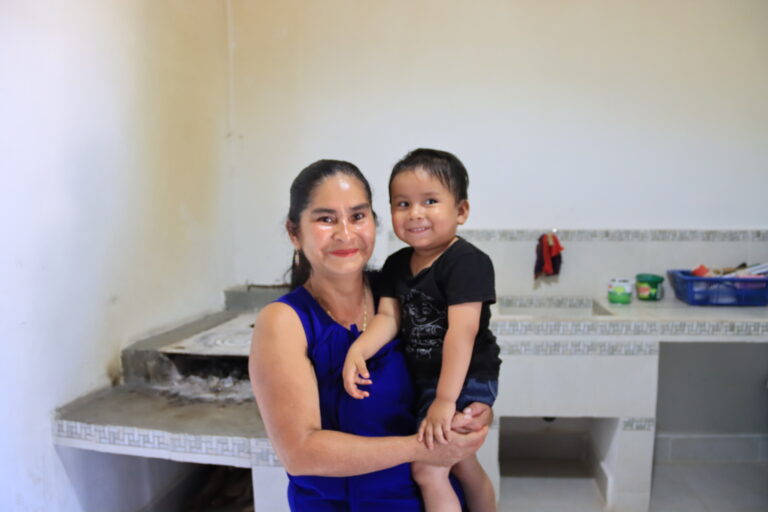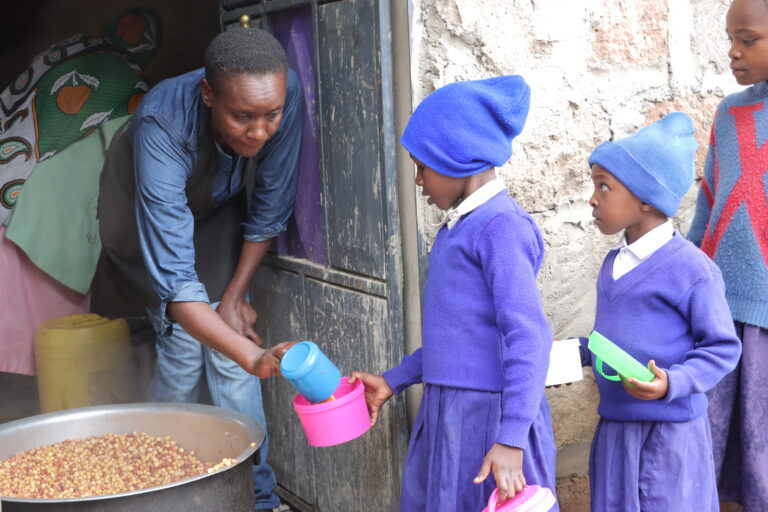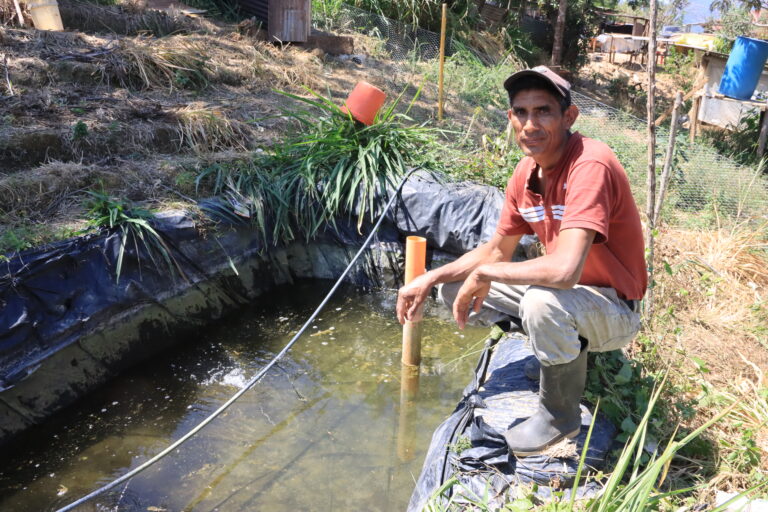What do I like about The 410 Bridge model?
The 410 Bridge model’s goal is to influence the destinies of the people who get to walk the journey – to restore dignity, discover purpose, and live in freedom. Living a life stripped of dignity, purpose, and freedom is living a life of poverty. The main difference in the 410 Bridge model is four-fold:
- The fact that this model seeks to meet the priorities identified by the community (through their leadership) and not identified by the partner organization – the expectation of community participation (monetary and non-monetary) ensures that the partnership is indigenously led and indigenously sustainable.
- The people (community) are seen as the solution to their problems and not the problem to be solved – this demystifies the mindset of viewing the donor as “a god” with the beneficiaries as “those at the mercy of the god”. This has an empowering effect on the community once their minds are transformed to this worldview shift.
- It is about building relationships. The community partnership begins with building relationships and focuses on the same throughout the journey. The programs are vessels given to us by God on the journey to restore dignity, purpose, and freedom.
- We want to work ourselves out of the job. The stay in a community is not indefinite. There comes a time when The 410 Bridge exits a community to move on to partner with the next community (Mathew 25:18-19). Even with the exit from the community, the relationships built continue to grow.
What are some hardships/difficulties presented by the 410 Bridge model?
Believe it or not… The 410 Bridge model itself.
Imagine trying to explain to someone that poverty is not a ‘lack of material’ when all their life, the culture, and environment around them screams material need as the root cause of poverty. Can you imagine trying to peel through the layers of culture and societal norms to help one understand the definition (perception is more of the word I would use here) they have believed throughout their life and for generations is not the right one?
The most powerful thing in the world is the human mind (will). Whoever/whatever has the power to controls the mind, controls all.
The 410 Bridge model seeks to transform the mind – which is more or less similar to conducting brain surgery. The mere fact that The 410 Bridge model seeks to shift the worldview of people presents as a hardship. Transformation of the mindset takes time – it is a marathon (not a sprint) and therefore requires patience, understanding, and wisdom. For the model to work successfully, the people leading the process for communities on both sides of the bridge to experience the model must themselves have a transformed worldview.
Secondly, hardships present themselves when dealing with the tension between the ‘good thing’ to do versus the right thing to do in line with the 410 Bridge model. Since the objective of The 410 Bridge model is a worldview shift, the right thing to do may not always be perceived as the ‘good thing’ to do.
Third – is dealing with the tension of set cultural and societal norms in communities by needs-based organizations as opposed to the way The 410 Bridge model works, wherein the 410 Bridge model, the vision is driven by the indigenous community leaders who offer their services voluntarily to serve their communities.
I am sure you must be wondering,” … so if the model in itself has these hardships, why even try?”
Well, once you are called and begin living in the purpose that God created you, nothing can hold you back. The parable of the sower reminds us that when sowing, the seed will fall in one of four types of ground – along the path, on rocky places, among thorns, and on good soil. When you and I begin to imagine how the way we think and what we say or do can affect destinies from generation to generation to alleviate poverty, we realize what a great responsibility we have in being a part of impacting the people through life’s journey. With a model that seeks to liberate people from bondage, help them discover their life purpose so that they can live in fulfillment and freedom, who doesn’t want to be a part of that? It’s part of God’s great plan for restoring dignity, purpose, and freedom!
Click here to read Part I of The 410 Bridge Model of Poverty Alleviation – Doing the Good Thing Versus Doing the Right Thing
Claire Nyambati is The 410 Bridge Program Director in Kenya. As the program director, the main responsibility is to lead the program’s team of experts responsible in the areas of discipleship (spiritual development and accountability), education, economic development, agriculture, health, and water. Because the programs integrate with each other, the team’s objective is to work with the communities (through the leadership councils) to achieve holistic community development through making the local church the hero, doing community development with not for, focus on building relationships with the overall aim of helping them understand that poverty is not a material problem but a worldview issue. The team works to help communities identify what they have in their hands and tap into the potential of how to use what they have in their hands to restore their dignity, purpose, and freedom.




